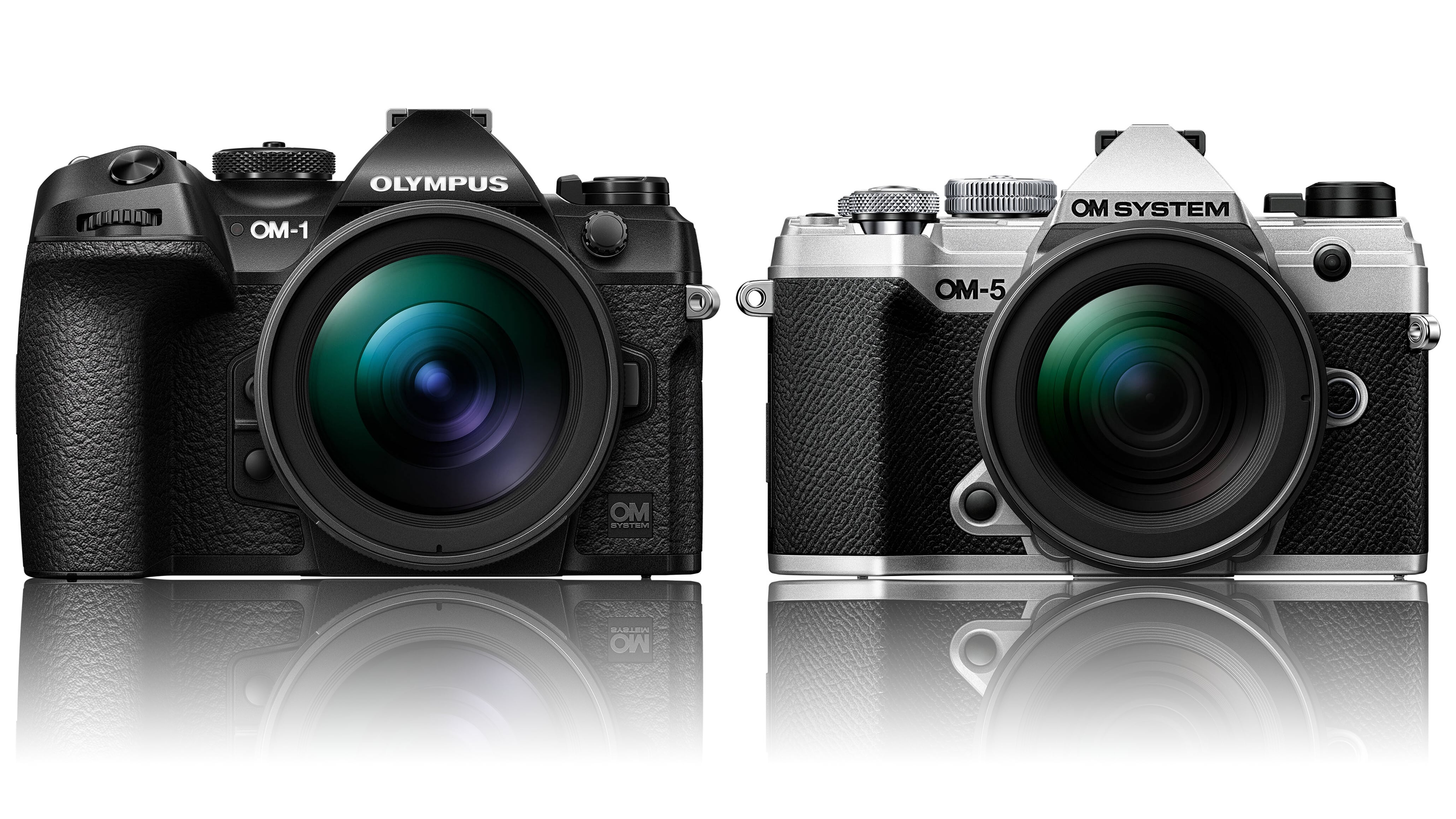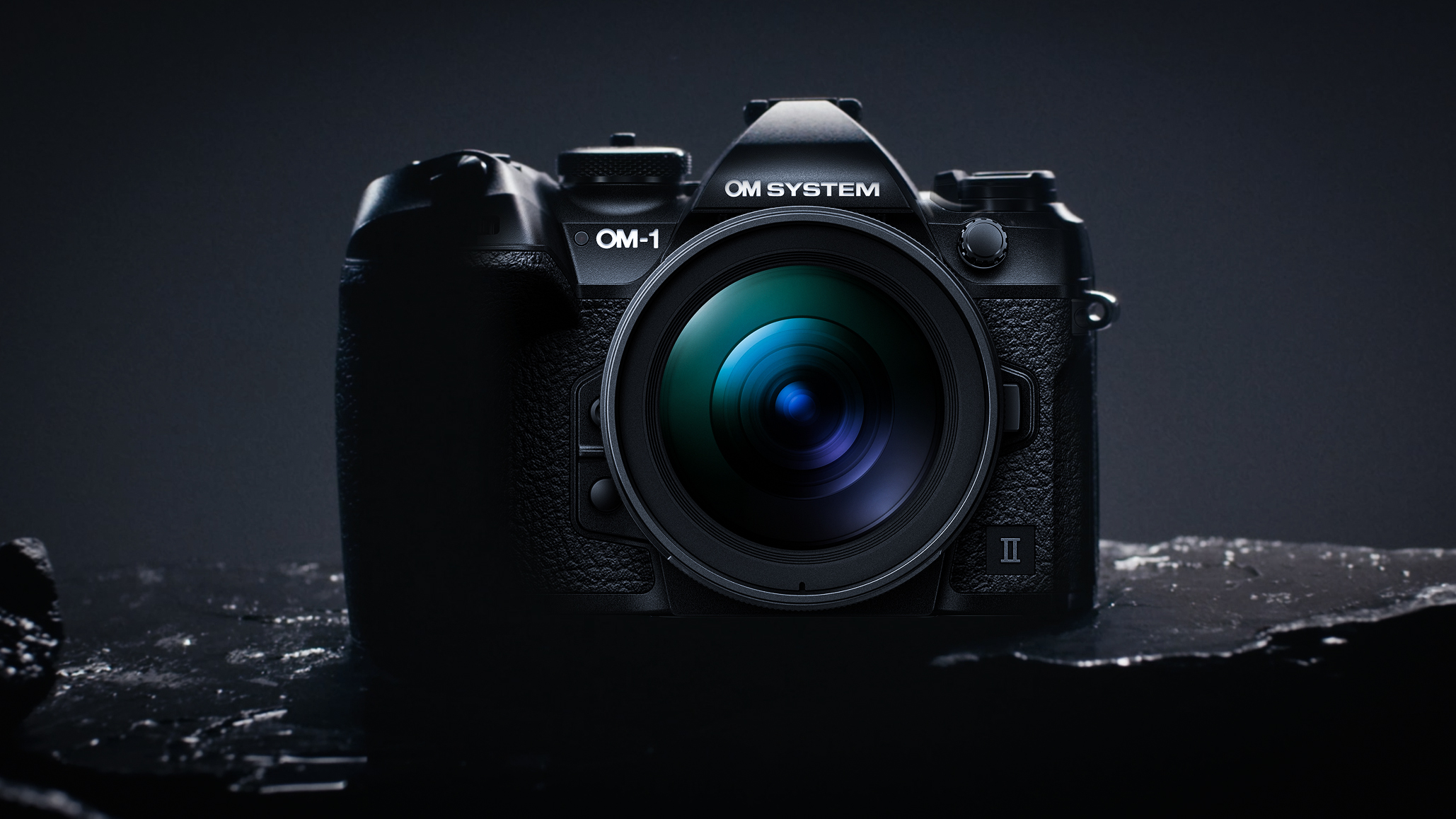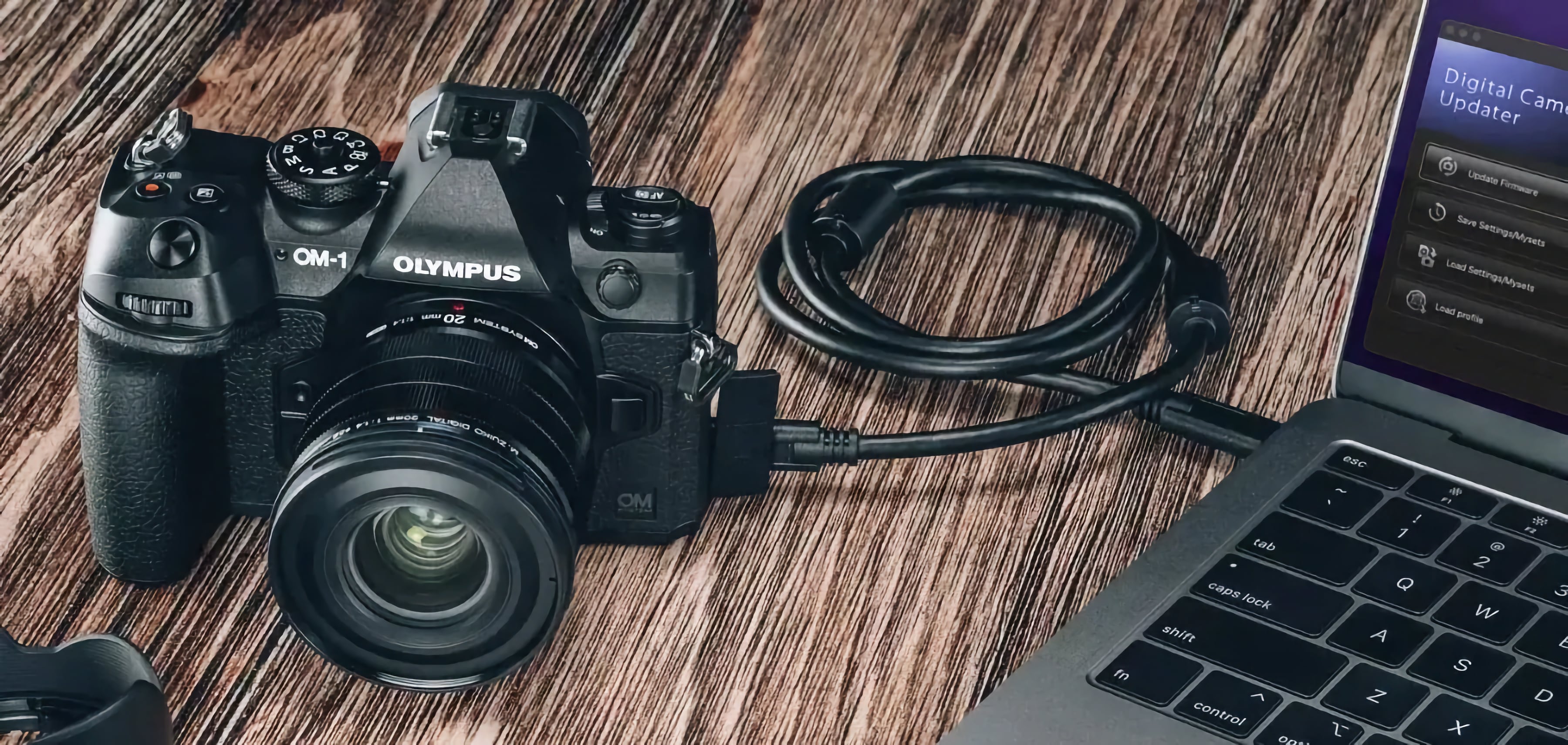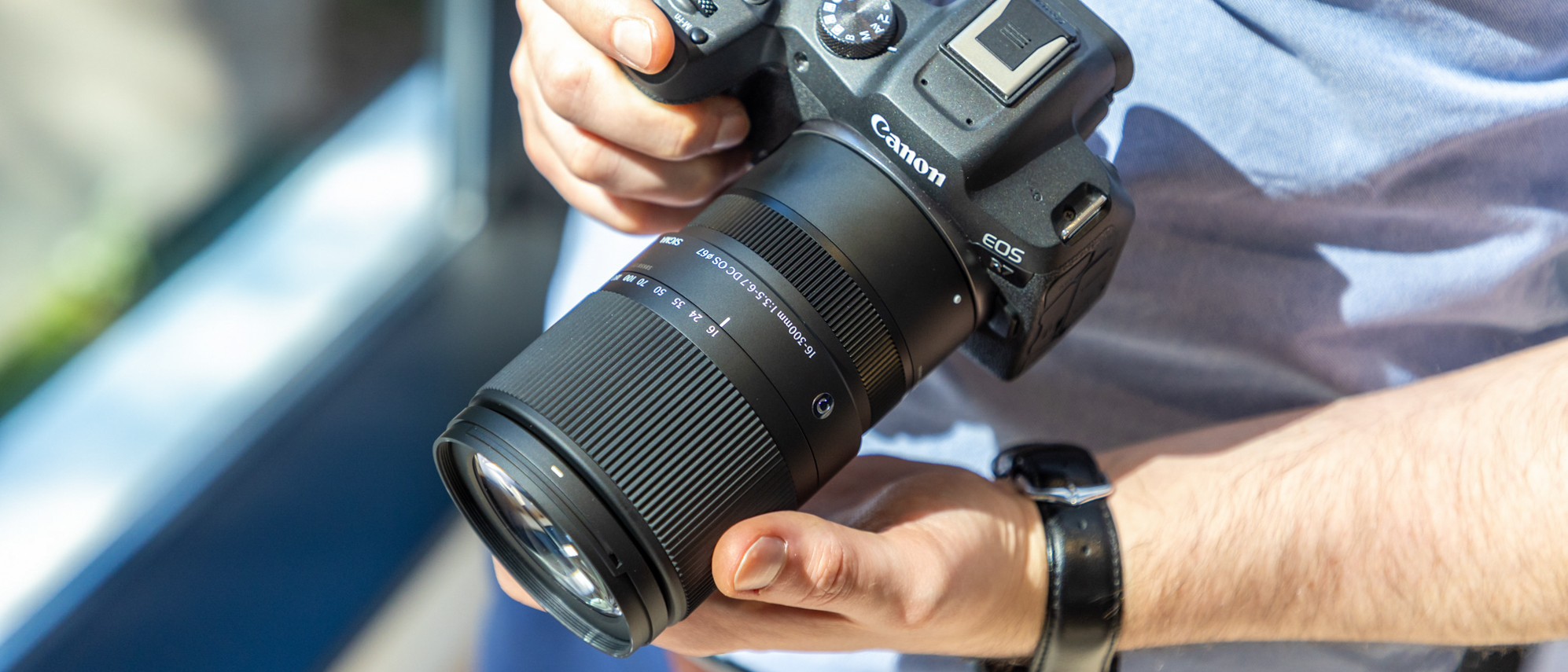OM System releases firmware updates for the OM-1, OM-1 Mark II and OM-5
Calm down. These do not bring any new features, but “improve stability of some functions”

OM System has faced some complaints from OM-1 users that the new features in the OM-1 Mark II version could themselves have been achieved with a firmware update to the original camera. That’s not true, as the new model has extra memory that is essential for some of the improvements and some physical alterations.
However, it has led to a level of disgruntlement in the OM community about OM System’s firmware policy, what it delivers and what they think they should expect.
The latest firmware announcements may not help, as they are directed at improving the operability and “stability” of existing functions, not adding new ones.
The OM-1 and OM-1 Mark II get a revised Wi-Fi connection protocol where you may need to set the camera’s Wi-Fi mode to "WPA2". This is because it’s now possible to select the security level for Wi-Fi connections. Apart from that, the update is said to “improve stability of some functions” on both cameras, but OM System does not give any details on what these functions are
The firmware update for the OM-5 is just to “improve stability” again, so we take it that these three firmware updates are essentially general maintenance and bug-fixing.
Are we expecting too much from firmware?
OM System is in a bit of a no-win situation here. Following some high-profile firmware updates from other brands we’ve started to expect new features every time. Yet, traditionally, firmware updates have been released to fix bugs, improve operation or simplify processes – and that’s exactly what the latest OM System firmware updates do. If there weren’t any updates to fix operational glitches, people would complain about that too.
Very often, we've seen major 'feature' updates on cameras that probably should have had these features when then were launched. In the case of these three OM System cameras, though, they were all pretty mature, fully-developed cameras at launch. The OM-1 and OM-1 Mark II are probably among the best cameras for wildlife photography (and especially wildlife photography), while the OM-5 is one of the best travel cameras.
Get the Digital Camera World Newsletter
The best camera deals, reviews, product advice, and unmissable photography news, direct to your inbox!
Nevertheless, OM System has outlined its future firmware plans for the OM-1 following early controversy over the OM-1 Mark II and how many of its features could have been added to the first model with firmware.

“Future Firmware Update Plan for OM-1”
This is a direct quote from the OM System website:
“Scheduled to be released around this autumn (northern hemisphere), the following changes for the OM-1 via a firmware update are planned:
Autofocus: Improvement of some AF performance capabilities, such as S-AF and C-AF in all-target mode to improve capture of main subjects.
Operability: Improved usability through the option to assign the trash (delete) button as a menu access shortcut.
Please note the following:
It will not include new features introduced with the OM-1 Mark II, such as Live GND and AI Detection AF for humans.
It will provide some AF performance improvements only and therefore the new AF performance of the OM-1 will not match the OM-1 Mark II.”
How to download and install OM System firmware
With most camera brands, you update firmware by copying the update file on to a memory card which is then inserted into the camera.
The setup is slightly different with OM System cameras because it’s all done via the OM Workspace desktop application and a cable connection to the camera. The latest firmware versions are:
| OM System OM-1 | Version 1.6 |
| OM System OM-1 Mark II | Version 1.1 |
| OM System OM-5 | Version 1.2 |
You can find out more on the OM System firmware updates page, together with instructions on how to install OM firmware updates.

You might be interested in the best OM System / Olympus cameras, which are among the best Micro Four Thirds cameras. Likewise, the best OM System / Olympus lenses represent some of the very best Micro Four Thirds lenses.

Rod is an independent photography journalist and editor, and a long-standing Digital Camera World contributor, having previously worked as DCW's Group Reviews editor. Before that he has been technique editor on N-Photo, Head of Testing for the photography division and Camera Channel editor on TechRadar, as well as contributing to many other publications. He has been writing about photography technique, photo editing and digital cameras since they first appeared, and before that began his career writing about film photography. He has used and reviewed practically every interchangeable lens camera launched in the past 20 years, from entry-level DSLRs to medium format cameras, together with lenses, tripods, gimbals, light meters, camera bags and more. Rod has his own camera gear blog at fotovolo.com but also writes about photo-editing applications and techniques at lifeafterphotoshop.com
